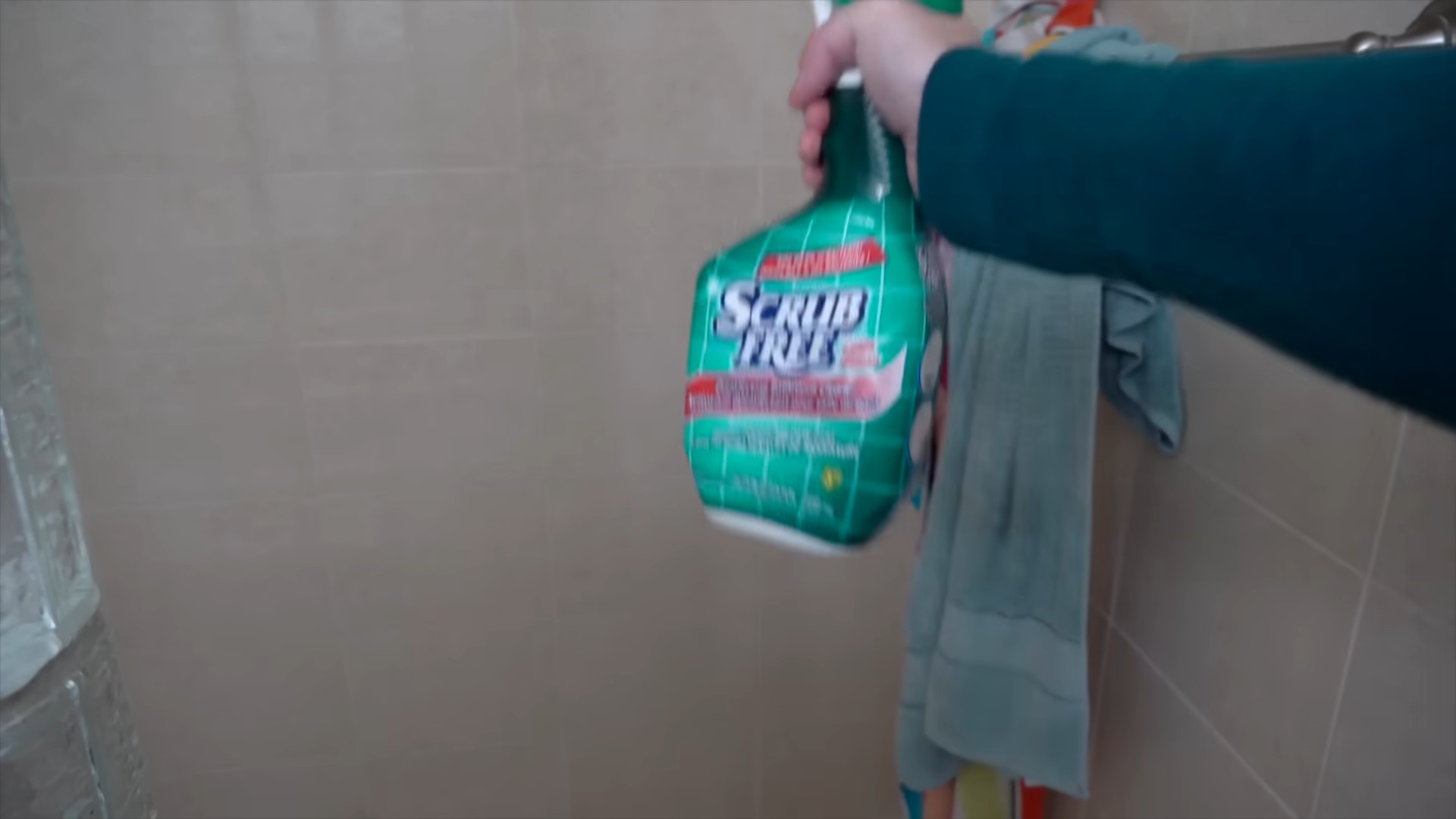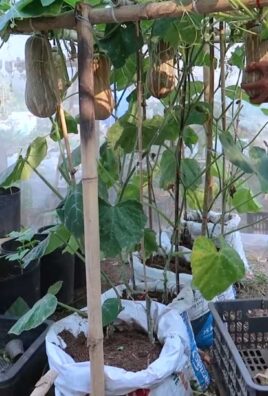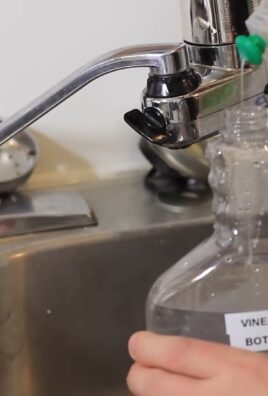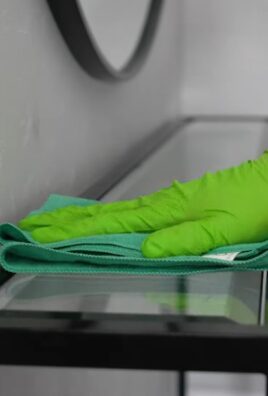Bleach cleaning hacks – who knew these three words could unlock a world of sparkling clean potential in your home? Let’s be honest, cleaning isn’t always the most glamorous activity, but it’s a necessary one. And if I told you there were simple, effective ways to make it easier and even a little bit fun, would you be interested?
Bleach has been around for centuries, with its origins tracing back to ancient times when people used natural bleaching agents like sunlight and wood ash. Over time, the chemical processes evolved, leading to the modern bleach we know today. It’s become a staple in households worldwide, valued for its disinfecting and stain-removing properties.
But here’s the thing: many of us are only scratching the surface of what bleach can truly do! We often reach for it for the usual laundry or bathroom cleaning, but there’s a whole arsenal of bleach cleaning hacks that can save you time, money, and a whole lot of elbow grease. From reviving dingy grout to tackling stubborn mold, these DIY tricks will transform the way you approach cleaning. I’m excited to share these simple yet effective methods that will leave your home feeling fresh and revitalized. So, grab your gloves, and let’s dive into the world of bleach cleaning hacks!

DIY Bleach Cleaning Hacks: Unleash the Power of Bleach Safely!
Hey there, fellow cleaning enthusiasts! Let’s dive into the world of bleach cleaning hacks. Bleach, when used correctly, is a powerhouse for disinfecting and whitening. But remember, safety first! Always wear gloves and eye protection, and ensure proper ventilation. Never mix bleach with ammonia or other cleaners, as this can create dangerous fumes. Now that we’ve got the safety briefing out of the way, let’s get cleaning!
Understanding Bleach: A Quick Primer
Before we jump into the hacks, let’s understand what we’re working with. Bleach is a solution of sodium hypochlorite, a powerful oxidizing agent. This means it breaks down the chemical bonds in stains and microorganisms, effectively removing them. However, this also means it can damage certain materials, so always test in an inconspicuous area first.
Hack 1: Whitening Dingy Whites
Is your favorite white shirt looking a little… gray? Don’t despair! Bleach can bring it back to its former glory.
What you’ll need:
* Bleach
* Laundry detergent
* Water
* A large bucket or your washing machine
Step-by-step instructions:
1. Prepare the Bleach Solution: In a bucket or your washing machine (following the manufacturer’s instructions for bleach use), mix 1/4 cup of bleach with a gallon of cool water. For a washing machine, add the bleach to the bleach dispenser.
2. Soak the Clothes: Submerge your white clothes in the bleach solution. Make sure they are fully immersed.
3. Let it Soak: Allow the clothes to soak for 5-10 minutes. Don’t soak for longer than 10 minutes, as prolonged exposure to bleach can weaken the fibers.
4. Wash as Usual: After soaking, drain the bleach solution and wash the clothes as you normally would, using your regular laundry detergent.
5. Check for Stains: After washing, check to see if any stains remain. If so, repeat the process, but be extra careful not to over-bleach.
6. Dry as Usual: Dry your clothes as you normally would, either in the dryer or on a clothesline.
Hack 2: Disinfecting Cutting Boards
Cutting boards, especially wooden ones, can harbor bacteria. Bleach is a great way to disinfect them.
What you’ll need:
* Bleach
* Water
* Spray bottle
* Clean sponge or cloth
Step-by-step instructions:
1. Prepare the Bleach Solution: In a spray bottle, mix 1 tablespoon of bleach with 1 gallon of water. This creates a diluted bleach solution that’s safe for disinfecting surfaces.
2. Spray the Cutting Board: Spray the entire surface of the cutting board with the bleach solution.
3. Let it Sit: Allow the solution to sit on the cutting board for 2-3 minutes. This gives the bleach time to kill any bacteria present.
4. Rinse Thoroughly: Rinse the cutting board thoroughly with hot water. Make sure to remove all traces of bleach.
5. Air Dry: Allow the cutting board to air dry completely before using it again.
Hack 3: Cleaning Grout
Grout can get grimy and stained over time. Bleach can help restore its original color.
What you’ll need:
* Bleach
* Water
* Spray bottle or small container
* Old toothbrush or grout brush
* Gloves
* Eye protection
Step-by-step instructions:
1. Prepare the Bleach Solution: In a spray bottle or small container, mix equal parts bleach and water. For heavily stained grout, you can use undiluted bleach, but be extra careful and ensure good ventilation.
2. Apply the Solution: Spray or apply the bleach solution directly onto the grout lines.
3. Let it Sit: Allow the solution to sit on the grout for 5-10 minutes.
4. Scrub the Grout: Use an old toothbrush or grout brush to scrub the grout lines. This will help to loosen any dirt and grime.
5. Rinse Thoroughly: Rinse the grout thoroughly with water. Make sure to remove all traces of bleach.
6. Dry the Area: Dry the area with a clean cloth or towel.
Hack 4: Removing Mildew from Shower Curtains
Shower curtains can easily develop mildew. Bleach can help remove it and prevent it from coming back.
What you’ll need:
* Bleach
* Laundry detergent
* Washing machine
Step-by-step instructions:
1. Prepare the Washing Machine: Place the shower curtain in your washing machine.
2. Add Bleach and Detergent: Add 1/2 cup of bleach and your regular laundry detergent to the washing machine.
3. Wash on Gentle Cycle: Wash the shower curtain on a gentle cycle with cold water.
4. Hang to Dry: Hang the shower curtain to dry. Do not put it in the dryer, as this can damage it.
Hack 5: Sanitizing the Toilet Bowl
Bleach is a classic for sanitizing toilet bowls.
What you’ll need:
* Bleach
* Toilet brush
Step-by-step instructions:
1. Pour Bleach into the Bowl: Pour 1/2 cup of bleach directly into the toilet bowl.
2. Let it Sit: Allow the bleach to sit in the bowl for 10-15 minutes.
3. Scrub the Bowl: Use a toilet brush to scrub the entire bowl, including under the rim.
4. Flush the Toilet: Flush the toilet to rinse away the bleach.
Hack 6: Cleaning Plastic Outdoor Furniture
Plastic outdoor furniture can get dirty and stained from the elements. Bleach can help restore its appearance.
What you’ll need:
* Bleach
* Water
* Spray bottle or bucket
* Scrub brush
* Garden hose
Step-by-step instructions:
1. Prepare the Bleach Solution: In a spray bottle or bucket, mix 1/4 cup of bleach with 1 gallon of water.
2. Apply the Solution: Spray or apply the bleach solution to the plastic furniture.
3. Let it Sit: Allow the solution to sit for 5-10 minutes.
4. Scrub the Furniture: Use a scrub brush to scrub the furniture, paying attention to any stained areas.
5. Rinse Thoroughly: Rinse the furniture thoroughly with a garden hose.
6. Air Dry: Allow the furniture to air dry completely before using it.
Hack 7: Removing Stains from White Porcelain Sinks
White porcelain sinks can easily stain from coffee, tea, and other liquids. Bleach can help remove these stains.
What you’ll need:
* Bleach
* Paper towels or cotton balls
* Gloves
* Eye protection
Step-by-step instructions:
1. Soak Paper Towels or Cotton Balls: Soak paper towels or cotton balls in bleach.
2. Apply to Stains: Place the soaked paper towels or cotton balls directly on the stains in the sink.
3. Let it Sit: Allow the bleach to sit on the stains for 30 minutes to an hour, or even overnight for stubborn stains.
4. Remove and Rinse: Remove the paper towels or cotton balls and rinse the sink thoroughly with water.
5. Repeat if Necessary: If the stains are still visible, repeat the process.
Hack 8: Disinfecting Sponges
Sponges are breeding grounds for bacteria. Bleach can help disinfect them.
What you’ll need:
* Bleach
* Water
* Bowl or sink
Step-by-step instructions:
1. Prepare the Bleach Solution: In a bowl or sink, mix 3/4 cup of bleach with 1 gallon of water.
2. Soak the Sponges: Submerge the sponges in the bleach solution.
3. Let it Soak: Allow the sponges to soak for 5 minutes.
4. Rinse Thoroughly: Rinse the sponges thoroughly with water.
5. Wring Out Excess Water: Wring out any excess water from the sponges.
6. Air Dry: Allow the sponges to air dry completely before using them again.
Hack 9: Cleaning and Whitening Plastic Food Containers
Plastic food containers can become stained and discolored over time. Bleach can help clean and whiten them.
What you’

Conclusion
So, there you have it! This simple yet powerful DIY bleach cleaning hack is a game-changer for anyone looking to achieve a sparkling clean home without breaking the bank or spending hours scrubbing. We’ve walked you through the process, highlighting the versatility and effectiveness of this method. From tackling stubborn stains in your bathroom to brightening dingy laundry, the possibilities are truly endless.
But why is this DIY bleach cleaning hack a must-try? It boils down to several key factors:
* Efficiency: This method significantly reduces cleaning time. The bleach solution works its magic, loosening dirt and grime, so you don’t have to exert as much elbow grease.
* Cost-Effectiveness: Bleach is an incredibly affordable cleaning agent. Compared to expensive specialty cleaners, this DIY solution offers remarkable savings.
* Versatility: As we’ve demonstrated, this hack can be adapted for various cleaning tasks around the house, making it a true all-purpose solution.
* Effectiveness: Let’s face it, some stains and messes are just plain stubborn. Bleach’s powerful disinfecting and stain-removing properties make it an ideal choice for tackling these challenges.
Now, let’s talk about variations and suggestions to personalize this DIY bleach cleaning hack to your specific needs and preferences.
* Scent Customization: While bleach has a distinct odor, you can easily add a few drops of your favorite essential oil to the solution to create a more pleasant aroma. Lavender, lemon, or eucalyptus are excellent choices. Just be sure to add the essential oil *after* diluting the bleach, and always test on an inconspicuous area first.
* Targeted Cleaning: For particularly stubborn stains, consider creating a paste by mixing bleach with baking soda. Apply the paste directly to the stain, let it sit for a few minutes, and then scrub gently.
* Fabric Considerations: When using bleach on fabrics, always test a small, hidden area first to ensure colorfastness. For delicate fabrics, consider using a diluted bleach solution or a bleach alternative specifically designed for delicate items.
* Outdoor Cleaning: This hack isn’t just for indoor use! You can use a diluted bleach solution to clean outdoor furniture, decks, and patios. Just be sure to rinse thoroughly with water afterward.
We are confident that once you try this DIY bleach cleaning hack, you’ll be amazed by the results. It’s a simple, effective, and affordable way to keep your home sparkling clean.
So, what are you waiting for? Give it a try! We encourage you to experiment with different variations and find what works best for you. And most importantly, we want to hear about your experience! Share your before-and-after photos, tips, and tricks in the comments below. Let’s build a community of clean-home enthusiasts and learn from each other. Happy cleaning!
Frequently Asked Questions (FAQs)
Is bleach safe to use for cleaning?
Bleach is a powerful cleaning agent, but it’s crucial to use it safely. Always dilute bleach with water according to the instructions on the bottle. Never mix bleach with ammonia or other cleaning products, as this can create toxic fumes. Wear gloves and eye protection when handling bleach, and ensure adequate ventilation in the area you’re cleaning. If you have any concerns about using bleach, consult a professional cleaning service.
What is the correct bleach to water ratio for cleaning?
The recommended bleach to water ratio for general cleaning is typically 1 part bleach to 9 parts water. For disinfecting surfaces, you can use a slightly stronger solution of 1 part bleach to 5 parts water. Always follow the instructions on the bleach bottle, as concentrations may vary between brands. It’s always better to start with a weaker solution and increase the concentration if needed.
Can I use bleach on all surfaces?
No, bleach is not suitable for all surfaces. Avoid using bleach on porous surfaces like wood, as it can damage them. Bleach can also discolor or damage certain metals, fabrics, and plastics. Always test a small, inconspicuous area before applying bleach to a larger surface. If you’re unsure whether bleach is safe to use on a particular surface, consult the manufacturer’s instructions or a professional cleaning service.
How do I get rid of the bleach smell after cleaning?
The bleach smell can be quite strong, but there are several ways to minimize it. Ensure adequate ventilation by opening windows and doors. You can also use a fan to circulate the air. After cleaning with bleach, rinse the area thoroughly with water. To further neutralize the odor, you can try wiping the surface with a solution of vinegar and water. Baking soda can also help absorb odors.
What are some alternatives to bleach for cleaning?
If you’re concerned about using bleach, there are several alternatives you can try. Vinegar is a natural disinfectant and deodorizer that can be used to clean various surfaces. Baking soda is a mild abrasive that can be used to scrub away dirt and grime. Hydrogen peroxide is another effective disinfectant that can be used to clean bathrooms and kitchens. For laundry, you can use bleach alternatives specifically designed for delicate fabrics.
How often should I clean with bleach?
The frequency of cleaning with bleach depends on the area and the level of contamination. High-touch surfaces like doorknobs, light switches, and countertops should be cleaned more frequently, especially during flu season. Bathrooms and kitchens should also be cleaned regularly to prevent the growth of mold and bacteria. However, it’s not necessary to clean with bleach every day. Overuse of bleach can damage surfaces and contribute to indoor air pollution.
Can I use bleach to clean my washing machine?
Yes, you can use bleach to clean your washing machine. Add about a cup of bleach to the bleach dispenser and run a hot water cycle. This will help remove mold, mildew, and detergent buildup. Be sure to run an extra rinse cycle afterward to remove any residual bleach. Consult your washing machine’s manual for specific instructions.
What should I do if I accidentally spill bleach on my clothes?
If you accidentally spill bleach on your clothes, rinse the affected area immediately with cold water. Do not rub the stain, as this can spread it. If the stain is small, you may be able to salvage the garment by washing it in cold water with a color-safe bleach alternative. However, bleach stains are often permanent, so it’s best to wear old clothes when cleaning with bleach.
How long does a diluted bleach solution last?
A diluted bleach solution is most effective when used within 24 hours. After that, the bleach starts to degrade and lose its disinfecting properties. It’s best to mix a fresh solution each time you clean. Store undiluted bleach in a cool, dark place away from children and pets.
Is it safe to use bleach around pets and children?
Bleach can be harmful to pets and children if ingested or inhaled. Keep bleach and bleach solutions out of reach of children and pets. When cleaning with bleach, ensure adequate ventilation to prevent inhalation of fumes. Keep pets and children away from the area until the bleach has dried and the area has been thoroughly rinsed. If your pet or child ingests bleach, contact a veterinarian or poison control center immediately.




Leave a Comment